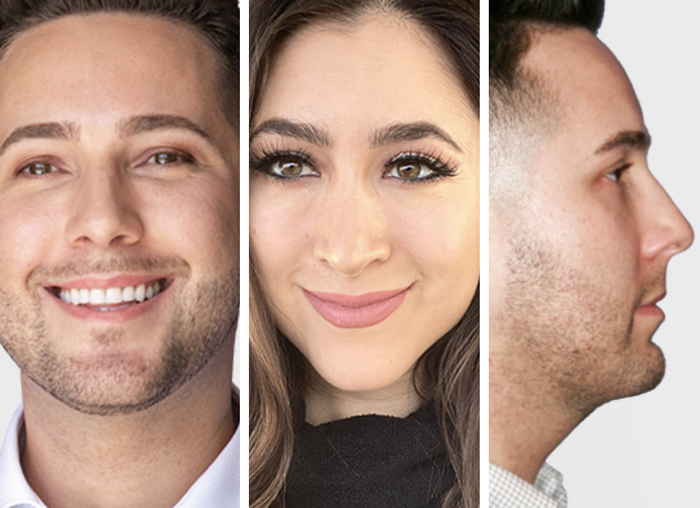Subtle anatomical differences exist in the structure of the upper eyelids in people of Asian descent relative to those of Caucasian or African descent. The fuller appearance of the Asian upper eyelid, and the absence of a visible crease, are related to the attachment of the muscle that raises the upper eyelid and the distribution of the fibrofatty tissue that surrounds and protects the globe (eyeball). In patients who desire a visible upper eyelid crease, a simple surgical procedure called Asian blepharoplasty (sometimes referred to as upper eyelid “westernization”) is available. Dr. Ransom creates an upper eyelid crease and reshapes the upper eyelid according to each patient’s aesthetic desire.
Explore our
Patient Gallery
*Actual patients in photos

Asian blepharoplasty is a minimally-invasive procedure and can be performed with local anesthesia or minimal sedation in an office-based facility or ambulatory surgery center. After the procedure, the treated area may appear slightly puffy or swollen. Minimal bruising and redness can also occur, but significantly swelling or pain should not occur. With appropriate activity restrictions, patients are typically able to return to school or work within a couple of days of treatment. For more information about Asian blepharoplasty, please contact Dr. Ransom or schedule your consultation.
Frequently Asked Questions
Please note that all patients are different and individual healing times and results may vary. The statements regarding procedures and recovery made here are general rules.
Asian blepharoplasty is performed in a similar manner as an upper eyelid lift, and is a minimally-invasive surgery. After the procedure, there will be some swelling and bruising of the upper eyelids. This typically reaches a maximum within the first two days after surgery, and then resolves over the following three to five days. Pain is minimal to none, and anything more than minimal pain should be reported to the doctor immediately. Maintaining the head elevated and using cold compresses to the area will help with any swelling or discomfort. Sutures are removed in most cases on the fourth day after the procedure.
Asian blepharoplasty is a procedure designed to change the shape of the upper eyelids (by treating epicanthal hooding and creating an upper eyelid crease). During the immediate postoperative period, swelling my limit peripheral vision somewhat. However, after the swelling resolves, there is no change to the visual acuity or visual fields (peripheral vision). Head elevation and diligent application of cold compresses dramatically reduce swelling.
Dr. Evan Ransom is an Ivy League-educated and Ivy League trained Facial Plastic and Reconstructive Surgeon. He is a Double Board Certified Head and Neck Surgeon and Facial Plastic and Reconstructive Surgery and fellowship-trained in facial plastic, reconstructive, and laser surgery. His practice is in the San Francisco Bay Area, serving patients from San Francisco, Oakland, Marin County, Palo Alto, Silicon Valley, Walnut Creek, the East Bay, and all over Northern California.
 (415) 550-1077
(415) 550-1077 San Francisco
San Francisco




